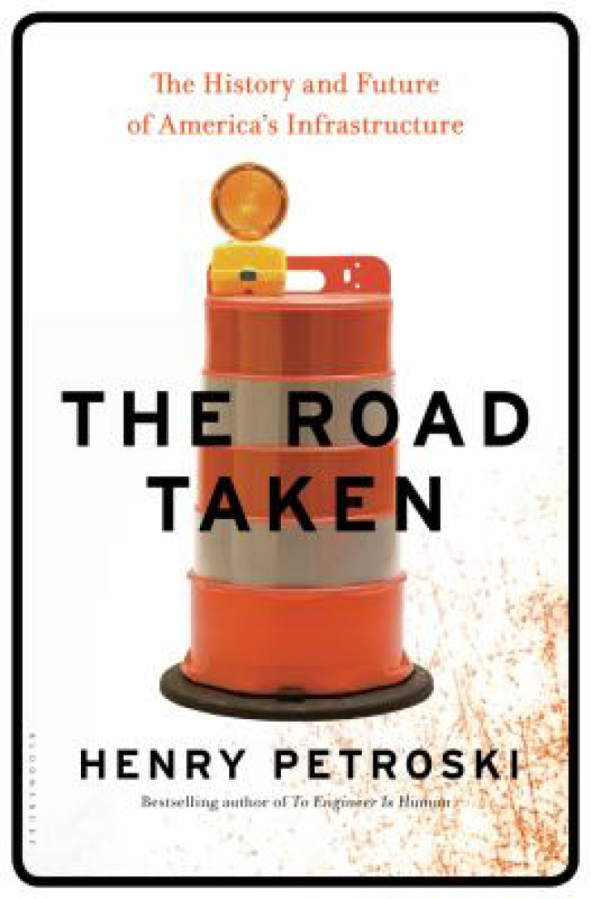When I was driving to work the other day, I nearly lost my mind. First, there was road destruction — er, construction — not far from my house. Traffic was completely stopped, then just when it looked like the flagger would let our lane proceed, a school bus approached from the opposite direction and pulled out its stop sign. After the wee ones boarded the bus and my lane was finally released, my already-delayed commute was halted just a few miles later when an ambulance neared the intersection and tripped the light to green for the cross traffic. As a result, my seconds-from-changing-to-green traffic signal remained stuck on red forever. OK, it was red for, maybe, an additional minute; it only felt like time had stopped. Then, the supposed-to-be-quicker highway was slower than normal due to several minor accidents. And I’m pretty sure I ended up behind someone who was texting because his car sped up, slowed down, and bobbed-and-weaved around like an oscillating top. By the time I finally made it to work, I was stressed out and exhausted.
Question. Is traffic congestion worse than it used to be, or am I becoming less tolerant as I get older? The answer is probably “yes” to both parts of that question. If distracted drivers and gridlock are getting you down, too, you might be interested in the reading list I’ve put together for this week’s column. Wild animals may have taken over the roads (because, really, why would rational human beings drive so poorly?), but for those of us fighting the good fight when it comes to safe and defensive driving habits, we can learn to tame the asphalt jungle. As my high school driver’s education instructor used to say, “Look left, look right, front.” You may proceed.
• “The Big Roads: The Untold Story of the Engineers, Visionaries, and Trailblazers Who Created the American Superhighways,” by Earl Swift.
If you think the roads are bad now, imagine what road trips were like pre-1950. The National Highway System didn’t suddenly materialize as soon as the automobile was invented; it took decades before a network of highways was developed. To learn more about how this country progressed from a patchwork of two-lane country roads to an organized system of highways, steer your way to Earl Swift’s book.



